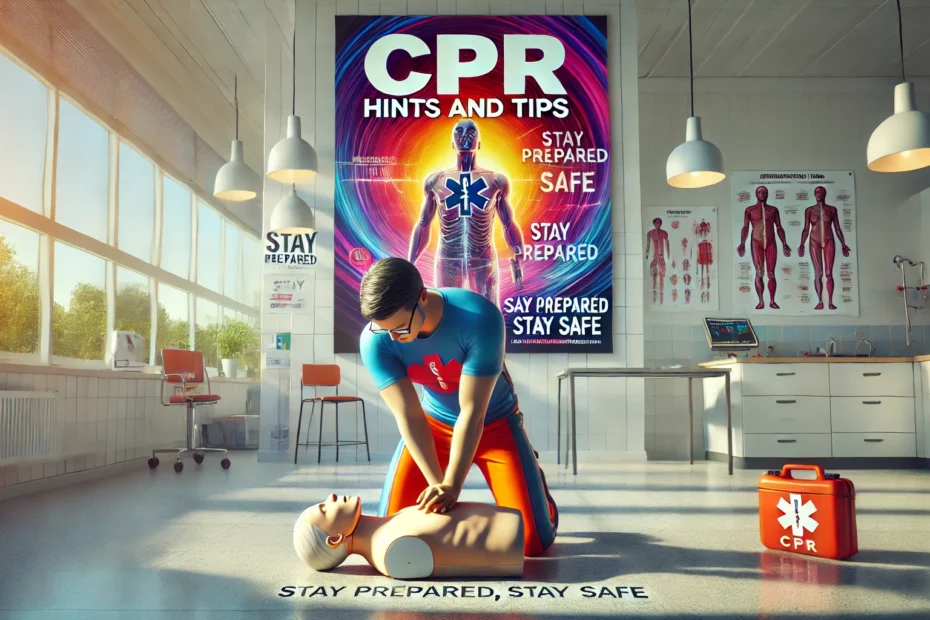CPR, or cardiopulmonary resuscitation, is a lifesaving technique used when someone’s heart stops beating or they stop breathing. It doubles or even triples the chances of survival after cardiac arrest. This blog post will dig into the key differences between two main types of CPR: compression-only CPR and compressions with rescue breathing.
Compression-Only CPR
Also known as Hands-Only CPR, compression-only CPR involves conducting chest compressions without giving rescue breaths. This method is exclusively recommended for untrained rescuers since it’s simple and easy to remember. It mainly focuses on restoring blood circulation through aggressive chest compressions.
The American Heart Association (AHA) advises an average person to provide continuous chest compressions at a rate of 100-120 times per minute until professional medical help arrives. Remembering to “push hard and fast” in the middle of the victim’s chest can make an enormous difference in survival.
CPR Compressions with Rescue Breathing
CPR with both compressions and rescue breaths, often known as traditional CPR, is typically recommended for trained individuals such as healthcare providers or people who have taken a first aid course. After a set number of chest compressions (typically 30), the rescuer delivers two rescue breaths to supply oxygen directly into the patient’s lungs.
This form of CPR is commonly used on children and infants since they often suffer respiratory arrests before their heart stops beating. The AHA recommends that if you’re trained but rusty in your skills, stick to doing hands-only chest compressions instead of no action at all.
In summary, both methods have been proven to save lives during cardiac emergencies, but deciding between them depends primarily on your level of training.
It’s crucial to get trained for both these life-saving techniques as every second counts when someone’s heart stops beating. Being prepared with these skills could mean the difference between life and death.
If you’re ready to take the next step and become CPR certified, visit Delphi CPR Training Center for more information. Their courses will equip you with the knowledge and confidence to act in an emergency, ensuring you’re prepared to be the help someone desperately needs.
